Workshop introduction
This is a two day, the four of us have four different thesis topic Sarine(waste management), Mahsa(circular city system for energy & material), Xinyu(ghost space), Luyang(healing city). And we want to fuse the four topics and see if it can work together.
reference:
waste management
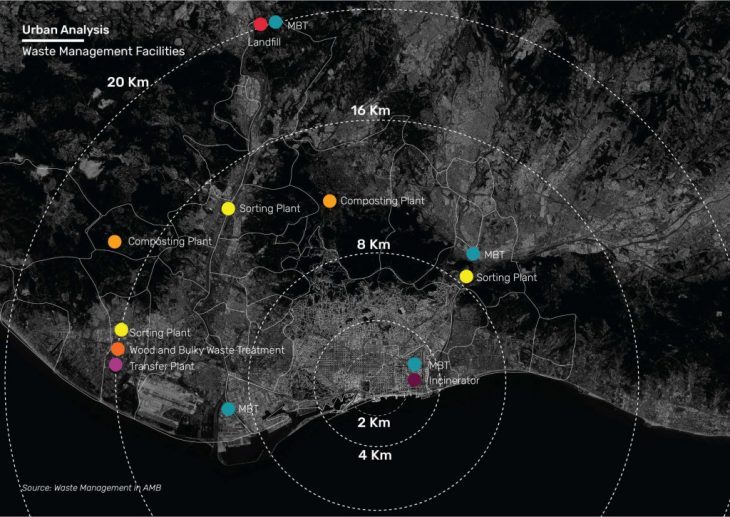
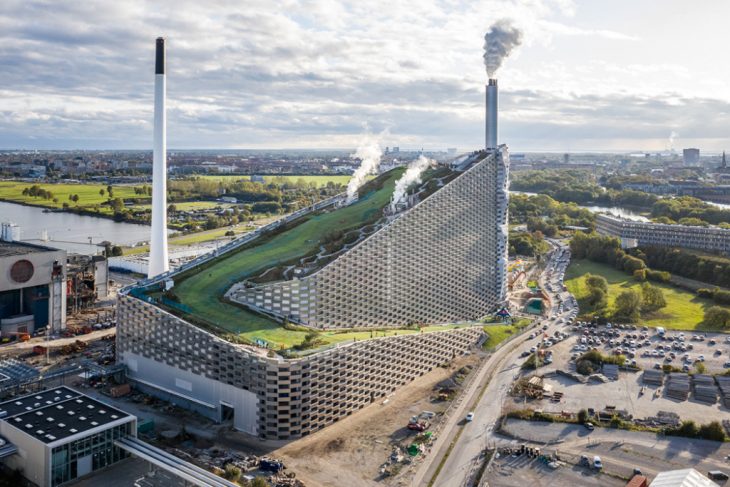
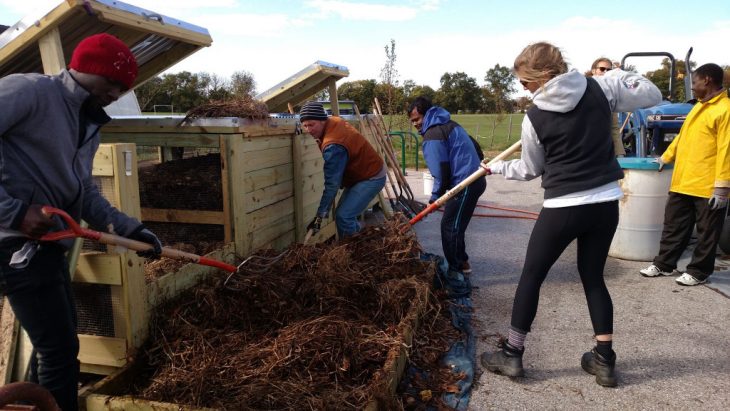
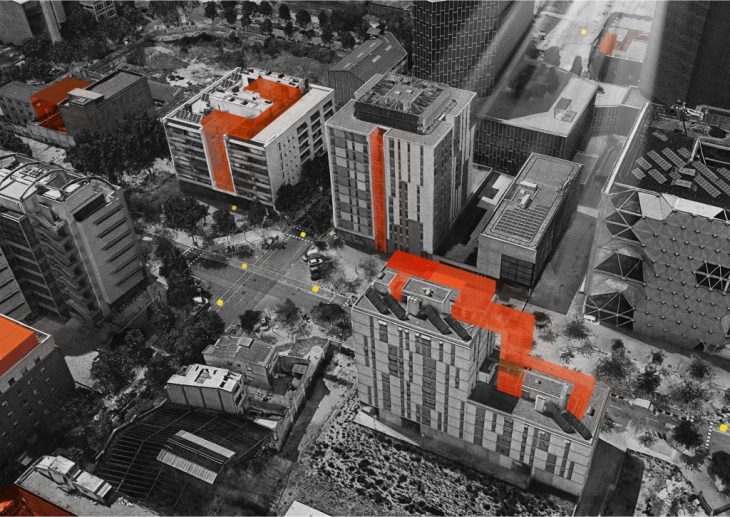
circular city system for energy & material
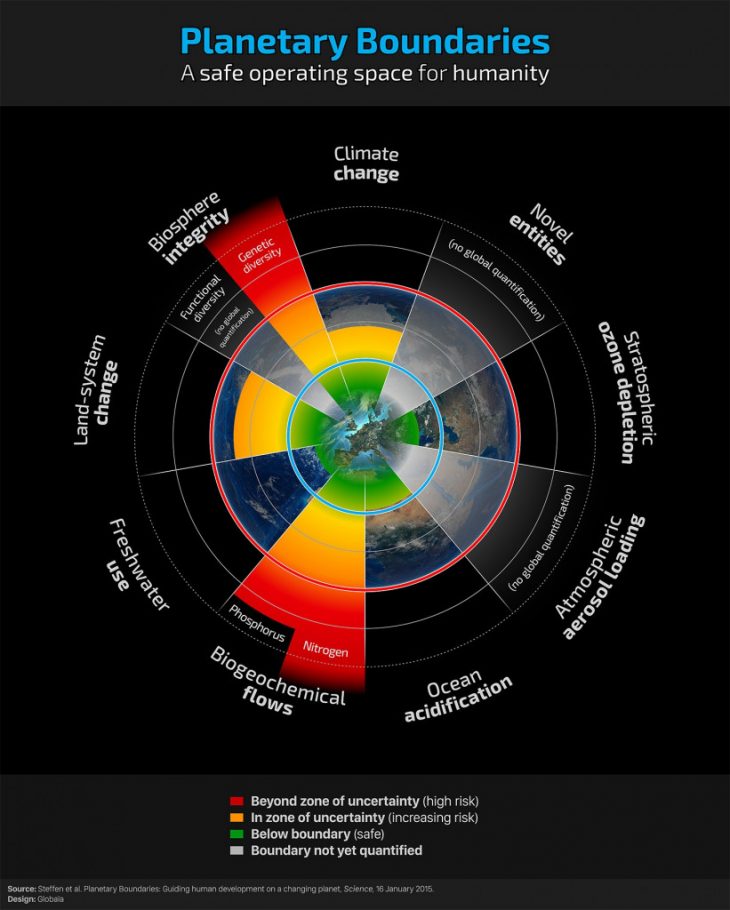
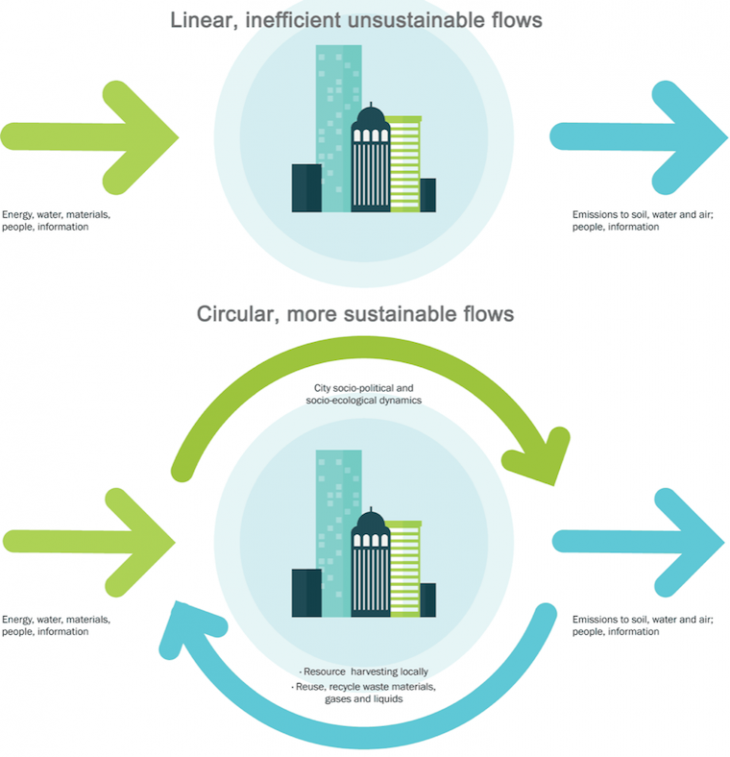
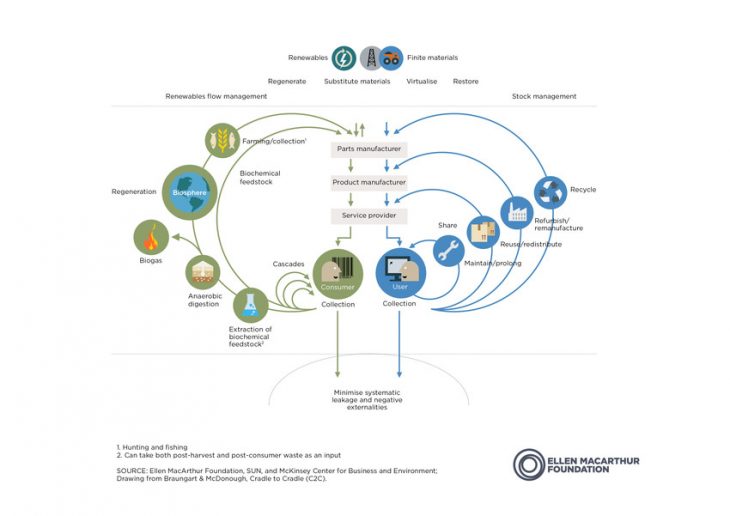
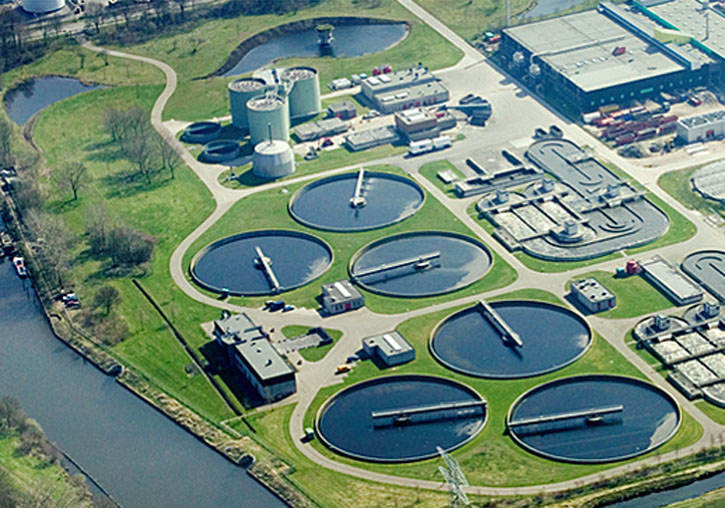
ghost space
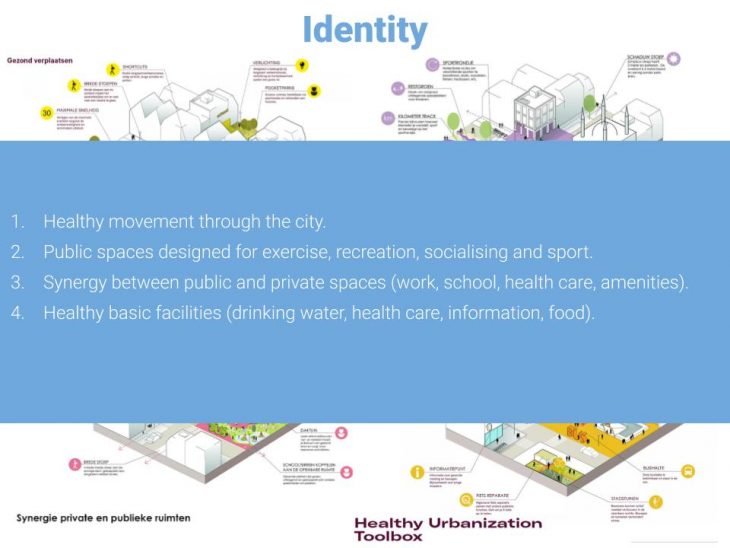
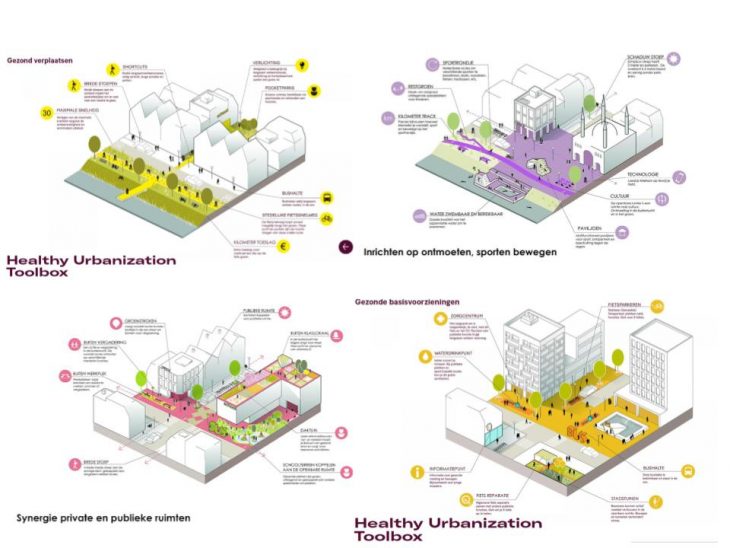
healing city
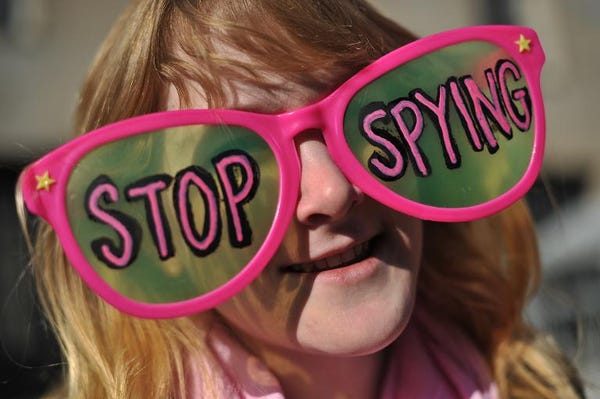
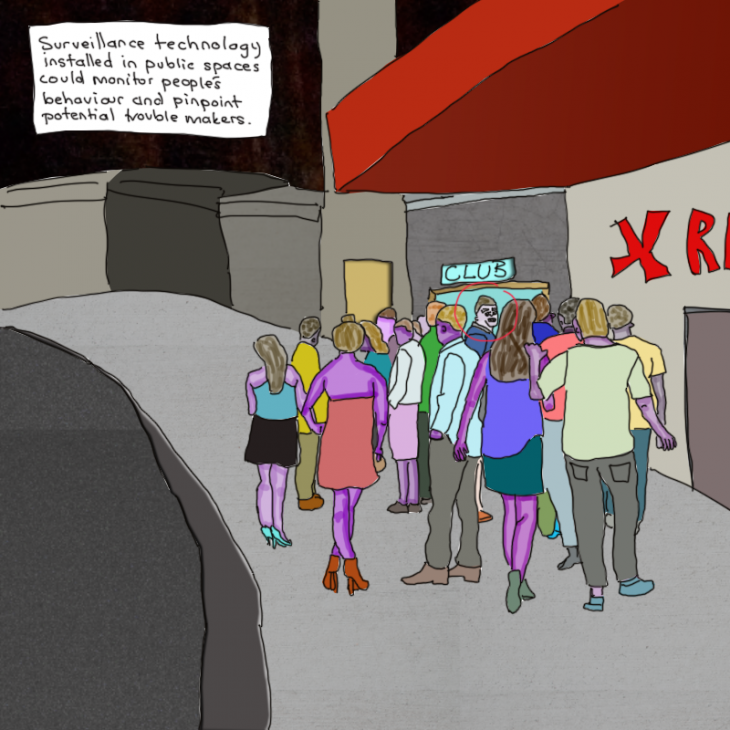
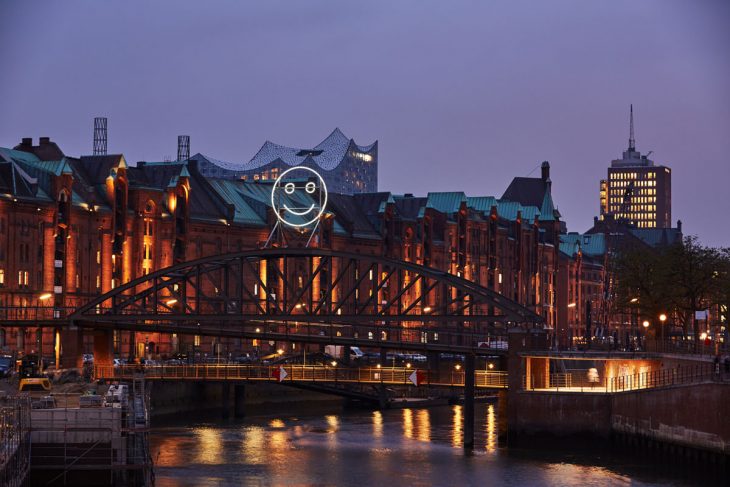
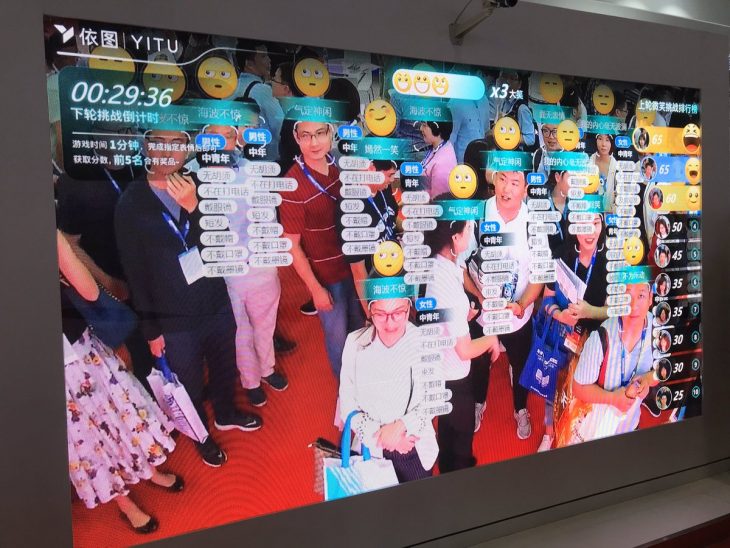
WASTE FULL OF WONDER
We transform the process of waste generation, collection, sorting and recycling into a futuristic art. A cute drone will follow people, collects the waste that people generate in one day, and records unconscious emotions when people throwing something(Drones’ light color will change according to their owner’s emotion). After one-day’s collecting, these drones will gather in the ghost space, and start sorting and recycling, the owners of these waste can also participate these processes.
Through this installation and performance art, not only can people get a better understanding of the waste disposal process that everyone is not familiar with, but also activate the inactive ghost space.
Class work
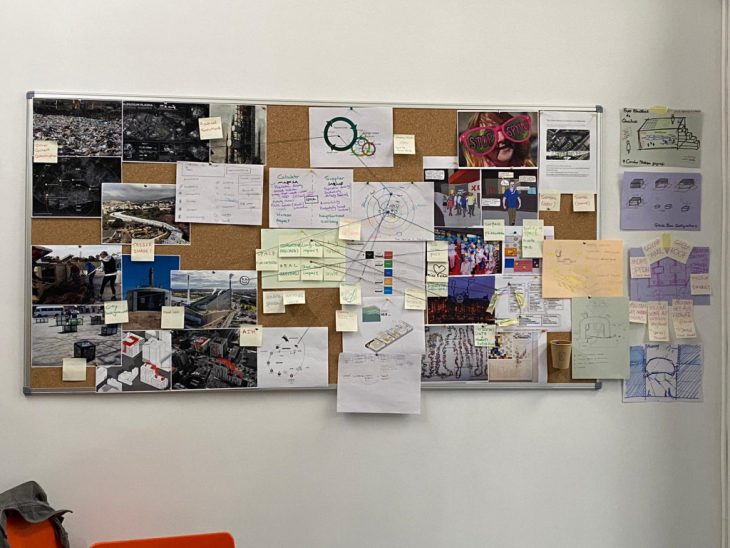
Installation model
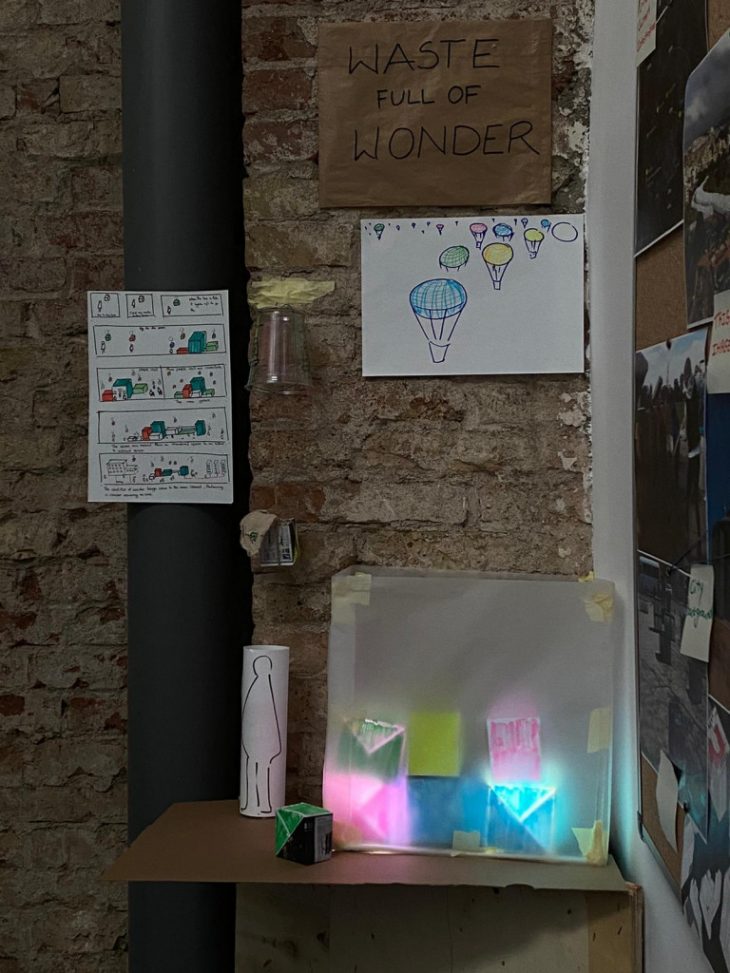
Final render
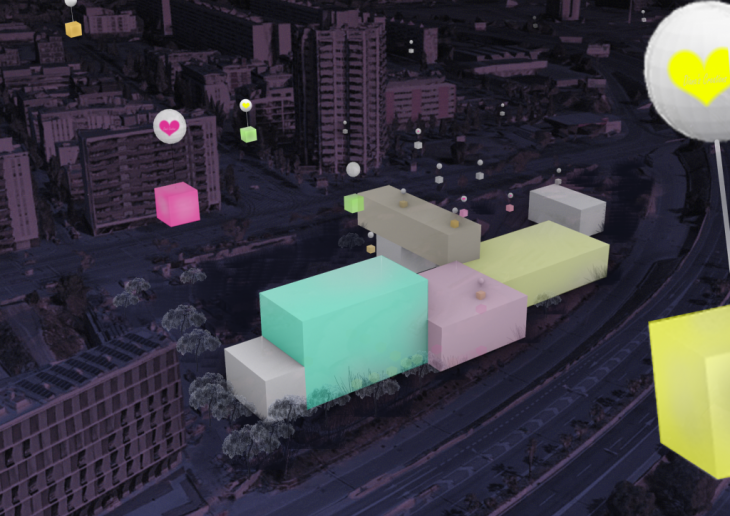
“Quote”
Sarine
“The workshop helped me understand how the other thesis topics can influence or be influenced by my project. For instance, waste recycling in a small community can be part of a bigger flow in the city. Introducing such activities in abandoned space could affect the regeneration of ghost spaces and also generate positive emotions among the people involved or around these spaces.”
Mahsa
“ We have to think about the solutions in a systematic way, because cities are complex adaptive systems. A change in one part of the system can affect the whole operation of the system. However, the city is not limited to its system’s parts. The human aspect is also very important. Solutions for circular metabolism of cities in waste, energy, food and water are related to each other on different scales and also have an impact on other system’s of a city. As an example, a fab lab developed in an abandoned space in a neighbourhood is not only about recycling but also the vitality of urban space, and also the impact it has on citizens’ behaviour and lifestyle.”
Xinyu
“The interesting point for urban space is that cooperating with different aspects (bio-energy, bio-waste, emotion, interactive public furniture, activities and so on ) to satisfy the demands of local citizens and set up potential identities in public spaces and even value of environment can be developed in ghost space. In this workshop, we have good experience to make potential possible.”
Luyang
“Although this workshop is only two days, it is very fulfilling and interesting. From the beginning I didn’t know what to do, and finally we made a small installation model, which made me feel amazing. Through this workshop I found the importance of discussing issues with my peers. Even the most difficult issues, through discussions with others, will inspire and germinate new ideas. This is how this work helps me to learn and think. For the project itself, because I have been working on large-scale projects, which are basically urban-scale, I find it difficult to see short-term impact or results. But this time we extracted a part of the urban recycling system, condensed and refined it into a performance and installation art, which can make everyone participate, and also get feedback from the participants quickly. I feel that this way of changing the scale and type of design is very interesting and should have unexpected results.”
WASTE FULL OF WONDER is a project of IaaC, Institute for Advanced Architecture of Catalonia developed at Master in City & Technology 02 in (2019/2020) by:
Students: Sarine Bekarian, Mahsa Nikoufar, Xinyu Zhang, Luyang Zhang
Faculties: Kathrin DiPaola, Julius Streifeneder